[social_warfare]
Locked Up: A Journey Through the World’s Most Notorious Jails
Imagine a place so forbidding that its very name sends shivers down your spine. Across the globe, certain prisons have become almost mythical for their brutal conditions, notorious inmates, and tales of survival against the odds.
These are not just facilities for incarceration but bastions of the most severe human conditions imaginable. From the windswept isle of Alcatraz in the United States to the merciless confines of Tadmor in Syria, each of these jails holds stories that are both harrowing and compelling.
So, if you’ve ever wondered where the line is drawn for the worst of the worst, join me on this dark tour of the world’s most formidable prisons. Trust me, it’s not for the faint-hearted!
1. Alcatraz Federal Penitentiary, USA
Standing desolate in the chilly waters of San Francisco Bay, Alcatraz Federal Penitentiary’s reputation as the ultimate maximum security prison precedes it. Built on Alcatraz Island, which initially served as a military prison in the early 20th century, this penitentiary was converted to a federal prison in 1934. Its isolated location was perfect for housing inmates deemed too dangerous or high-risk for mainland facilities.
The prison was often deemed escape-proof, a claim that was tested by numerous inmates over its 29 years of operation. Among its famous residents were Al Capone and Robert Stroud, the “Birdman of Alcatraz,” who both added to the lore of this imposing facility. The prison’s layout, harsh disciplinary measures, and the cold, strong currents surrounding the island made escape nearly impossible. Yet, the 1962 escape by Frank Morris and the Anglin brothers, which inspired the film Escape from Alcatraz, remains one of the most enduring mysteries of the penitentiary.
Although Alcatraz ceased operations in 1963 due to high maintenance costs and deteriorating structures, it remains etched in public memory. Today, it serves as a museum and a tourist attraction, drawing thousands who wish to glimpse into its eerie past. The cellblocks, solitary confinement cells, and the remnants of failed escape attempts still speak volumes of its once-dreadful ambiance.
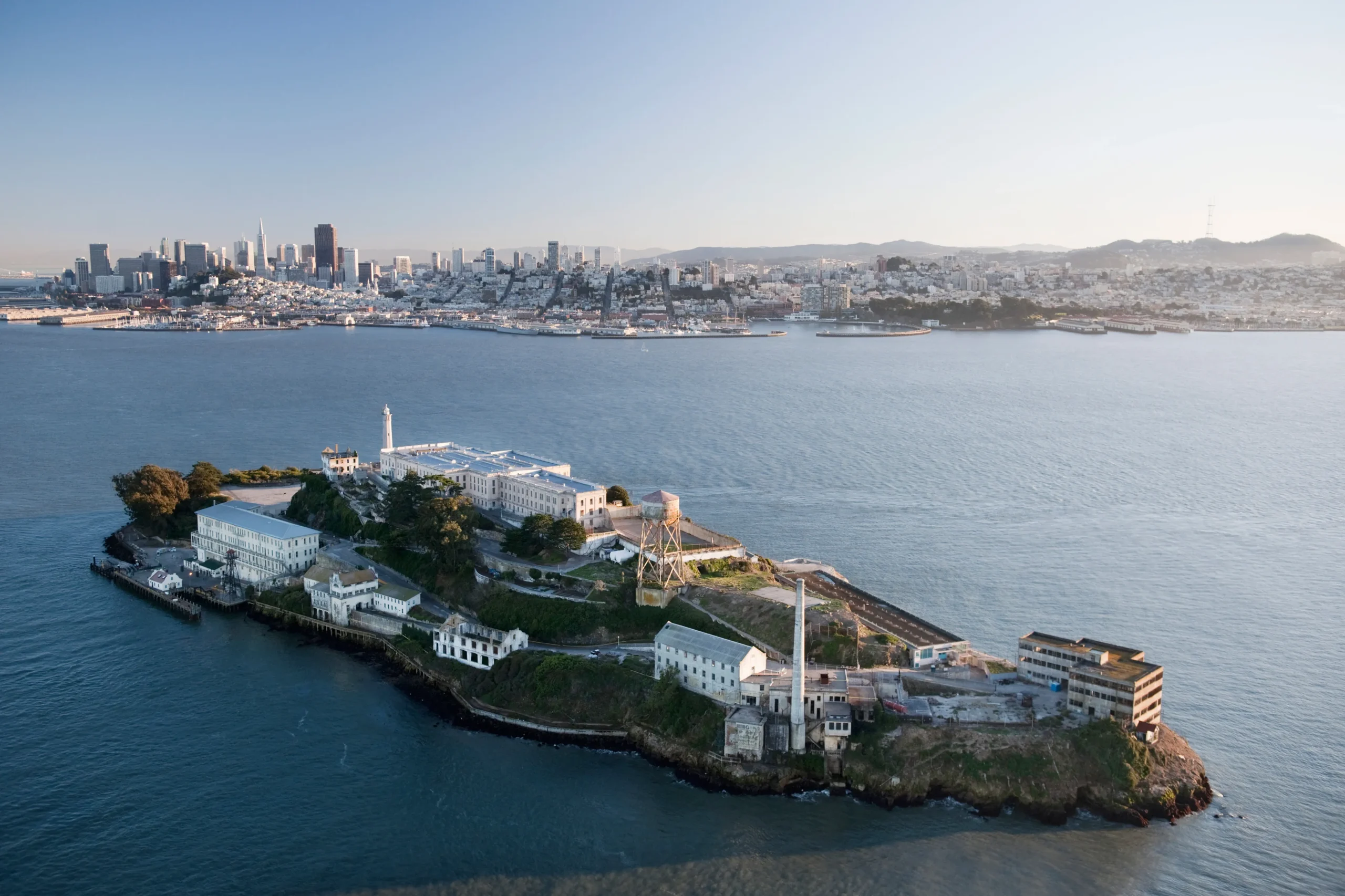
2. Tadmor Military Prison, Syria
Located in the desolate Syrian desert, Tadmor Military Prison was built in the 1930s but gained its notorious reputation in the 1980s. This facility is synonymous with brutality, designed more as a tool of suppression than a correctional facility. Under the regime of Hafez al-Assad, it became a place where political dissent was crushed without mercy.
The stories from Tadmor are chilling. Former inmates recount episodes of extreme torture, arbitrary executions, and inhumane living conditions. One of the darkest moments in its history occurred in June 1980, following an assassination attempt on President Assad. In retaliation, soldiers were reported to have massacred hundreds of inmates in a single day, using axes and guns to carry out their grim task. The fear and terror instilled by these events lingered long after the massacre, making Tadmor a symbol of the Assad regime’s ruthlessness.
Although Tadmor was closed in 2001, it was briefly reopened during the Syrian Civil War before being captured by ISIS in 2015, who then demolished it. The destruction of Tadmor was seen by many as a symbolic end to a site of overwhelming oppression. Yet, the echoes of the pain endured by its prisoners continue to resonate, a somber reminder of the cruelty that humanity is capable of inflicting.
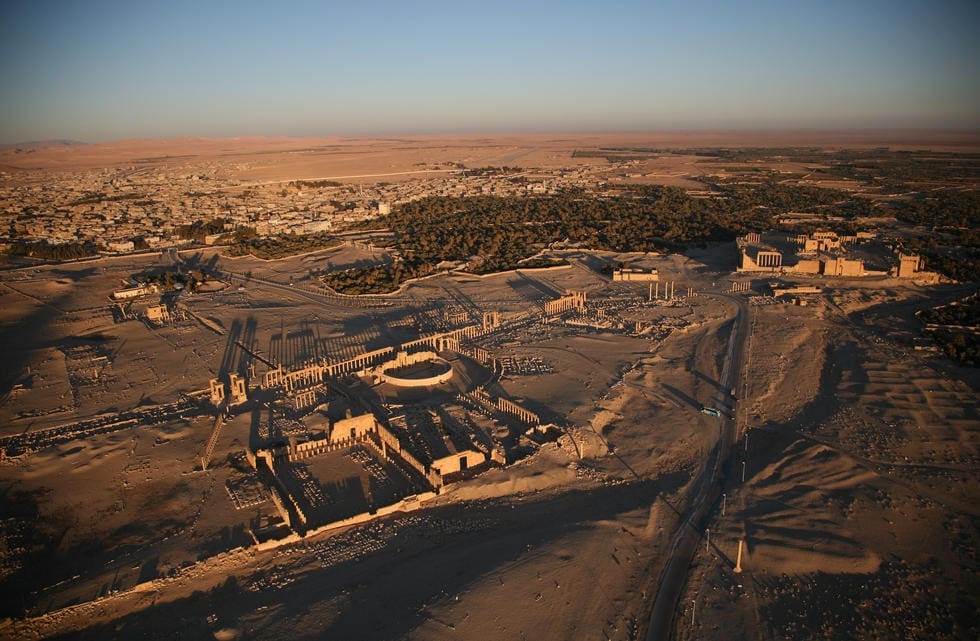
3. La Sabaneta Prison, Venezuela
Venezuela’s La Sabaneta Prison, notorious for its violent history, epitomizes the dire conditions of overcrowded and undermanaged penal facilities in Latin America. Built to house approximately 700 inmates, it frequently held over 3,500, leading to rampant violence and a constant struggle for survival among the incarcerated.
In La Sabaneta, the scarcity of basic necessities like food, water, and medical care forced inmates into a brutal pecking order. Riots and gang wars were common, with inmates often taking control of various sections of the prison. The situation reached a boiling point in 1994 when a horrific riot resulted in the deaths of over 100 prisoners. These uprisings weren’t just power struggles but desperate cries for basic human rights, often going unheard.
Despite repeated calls for reform, significant changes have been slow. Reports of abuses continue to emerge, painting a bleak picture of life inside La Sabaneta. The prison serves as a stark example of the critical state of Venezuela’s penal system and highlights the urgent need for international attention and reform in prison management and conditions.

4. Carandiru Penitentiary, Brazil
Carandiru Penitentiary, once the largest prison in Latin America, epitomized the severe challenges facing Brazil’s correctional system. Opened in 1920 in São Paulo, the facility was notorious not only for its overcrowding but also for the rampant violence and poor living conditions that plagued its cellblocks.
The name Carandiru became synonymous with one of the deadliest prison riots in history, which occurred in 1992. A seemingly ordinary inmate altercation spiraled into chaos, prompting a deadly response from military police. The resulting massacre left 111 prisoners dead, many reportedly shot at point-blank range, marking a dark day in the history of human rights in Brazil. This event highlighted the brutal conditions and the excessive use of force that were all too common in the country’s prisons.
The global outcry following the massacre and subsequent trials brought significant international attention to Brazil’s penal woes. The prison was eventually shuttered in 2002, and part of the complex was demolished to make way for a park and a museum. The Carandiru Massacre remains a potent reminder of the need for prison reform, both in Brazil and globally, as it underscored the human cost of neglecting justice and decency within prison walls.
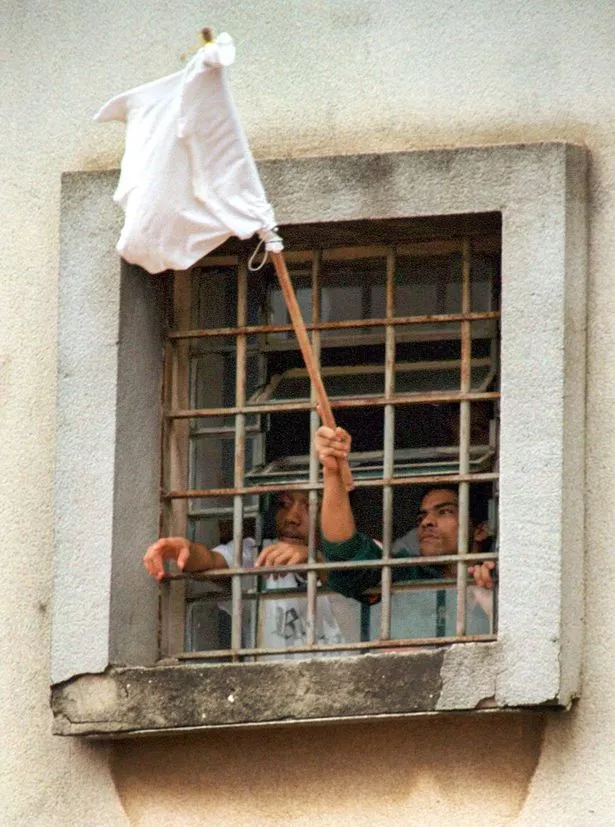
5. Bang Kwang Central Prison, Thailand
Bang Kwang Central Prison, notoriously known as the “Bangkok Hilton,” sits at the outskirts of Bangkok, Thailand, and is reserved for long-term sentences and death row inmates. Established in the early 20th century, this prison is infamous for its harsh conditions and strict penal regime.
Inmates at Bang Kwang often face severe overcrowding, limited access to healthcare, and harsh disciplinary measures. The prison is known for shackling death row inmates 24 hours a day and allowing them very limited contact with the outside world. The food rations are meager, and many prisoners rely on family or external support to supplement their diets.
Perhaps the most harrowing aspect of Bang Kwang is its handling of death row prisoners. Inmates often receive notice of their execution only hours before it is to be carried out, adding a psychological torment to their already grim sentences. This practice has been the subject of international criticism, highlighting the need for reforms in the treatment of the most vulnerable inmates.

6. Black Dolphin Prison, Russia
Black Dolphin Prison, located on the border of Kazakhstan in Russia, is often regarded as the harshest penal facility in the country. Housing the most severe criminals, including serial killers, terrorists, and cannibals, this prison represents the pinnacle of maximum security. It’s named after the black dolphin sculpture perched at its entrance, symbolizing the severity and solemnity of the institution.
Life inside Black Dolphin is marked by extreme security measures and a strict daily regimen. Inmates are kept in solitary confinement, with 24-hour surveillance ensuring that they have minimal chances of misbehavior. They are escorted around the compound blindfolded to prevent any visual mapping of the area, reducing escape possibilities to near zero. Physical movement is restricted, with inmates allowed only a small cell and a tiny exercise yard, where they are still kept under close watch.
The existence of Black Dolphin Prison reflects a broader aspect of Russian penal philosophy that emphasizes isolation and absolute control over high-risk inmates. This approach raises questions about the balance between ensuring public safety and upholding human rights within the confines of such a rigorous penal system.
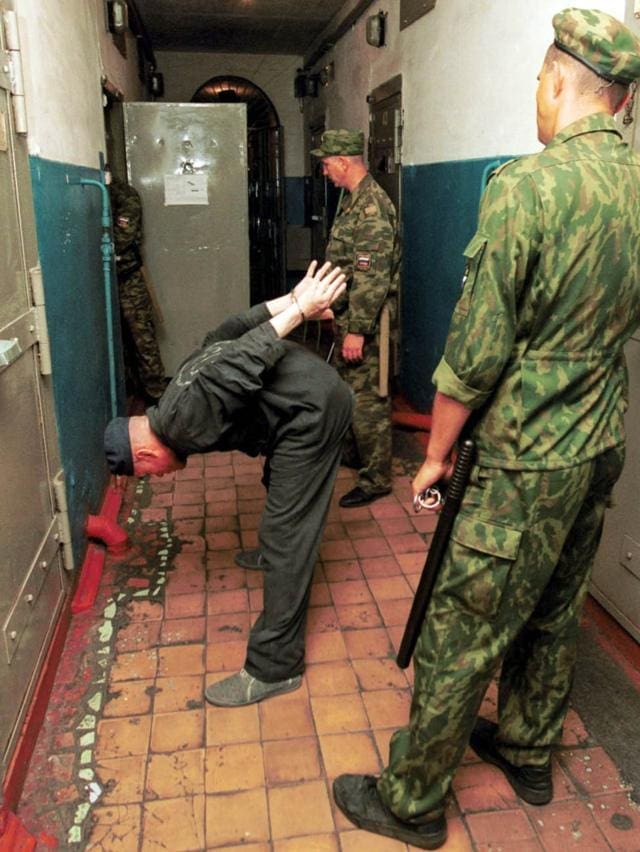
7. ADX Florence, USA
The Administrative Maximum Facility (ADX) in Florence, Colorado, is the United States’ most secure prison. Known colloquially as the “Alcatraz of the Rockies,” this supermax facility is designed to house the most dangerous inmates and those requiring the strictest control, including terrorists, gang leaders, and traitors.
ADX Florence is engineered to be escape-proof, with a multitude of security measures including motion-detector lasers, pressure-sensitive floors, and walls capable of withstanding bombing attempts. The cells are constructed to minimize sound, with thick doors and a design that allows minimal interaction between inmates and guards. Inmates spend approximately 23 hours a day in solitary confinement, with one hour in a high-security exercise yard.
Over the years, ADX Florence has housed several high-profile inmates, such as Ted Kaczynski, the “Unabomber”; Zacarias Moussaoui, involved in the 9/11 attacks; and El Chapo, the notorious drug lord. The extreme isolation and sensory deprivation experienced by inmates have led to significant scrutiny and criticism from human rights organizations, which argue that the conditions may amount to psychological torture.
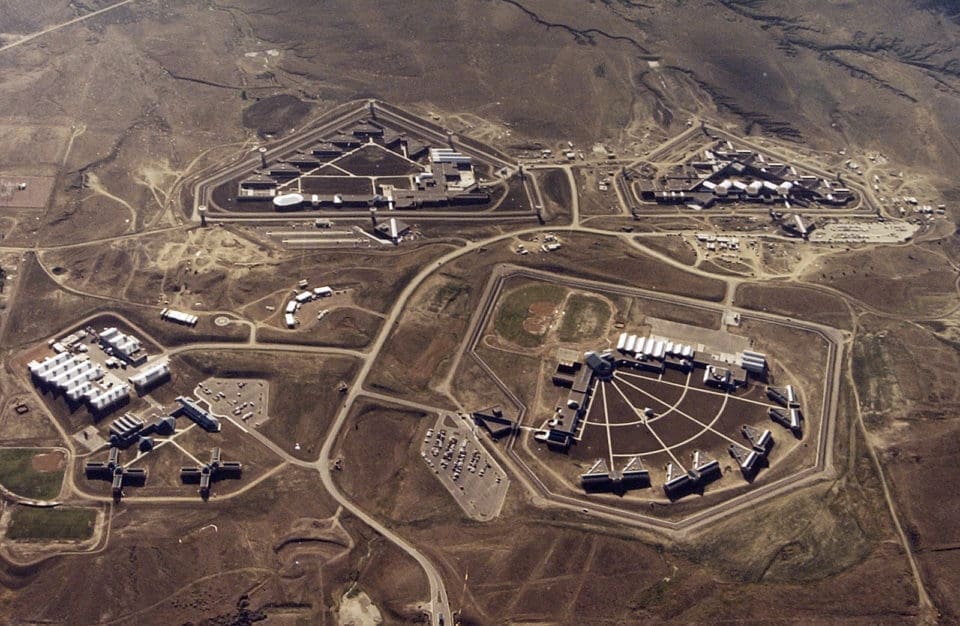
8. La Sante Prison, France
Nestled in the heart of Paris, La Sante Prison has stood as a symbol of France’s penal system since the 19th century. Originally designed with a focus on rehabilitation, it has since gained a reputation for its harsh conditions and high rates of inmate suicides.
Despite its historic significance, La Sante has struggled with overcrowding, inadequate facilities, and violence among inmates. The prison’s reputation was tarnished by a series of suicides in the late 20th century, prompting scrutiny and calls for reform from human rights groups.
In recent years, efforts have been made to improve conditions within La Sante. Renovations have been undertaken to address overcrowding and modernize facilities, while mental health services have been expanded to provide support for inmates struggling with psychological issues. However, challenges remain as the prison continues to grapple with the legacy of its troubled past.

9. Diyarbakir Prison, Turkey
Diyarbakir Prison, located in southeastern Turkey, has long been associated with the detention of political prisoners, particularly those of Kurdish descent. Built to house criminals, it became a focal point for the Turkish government’s crackdown on Kurdish separatist movements.
The prison gained notoriety for its harsh treatment of inmates, with reports of torture, overcrowding, and denial of basic rights. Human rights organizations have documented numerous instances of abuse within its walls, leading to international condemnation and calls for reform.
Despite efforts to improve conditions, Diyarbakir Prison remains a symbol of Turkey’s troubled history with minority rights and political dissent. The plight of its inmates continues to draw attention to the broader issues of human rights and democracy within the country.
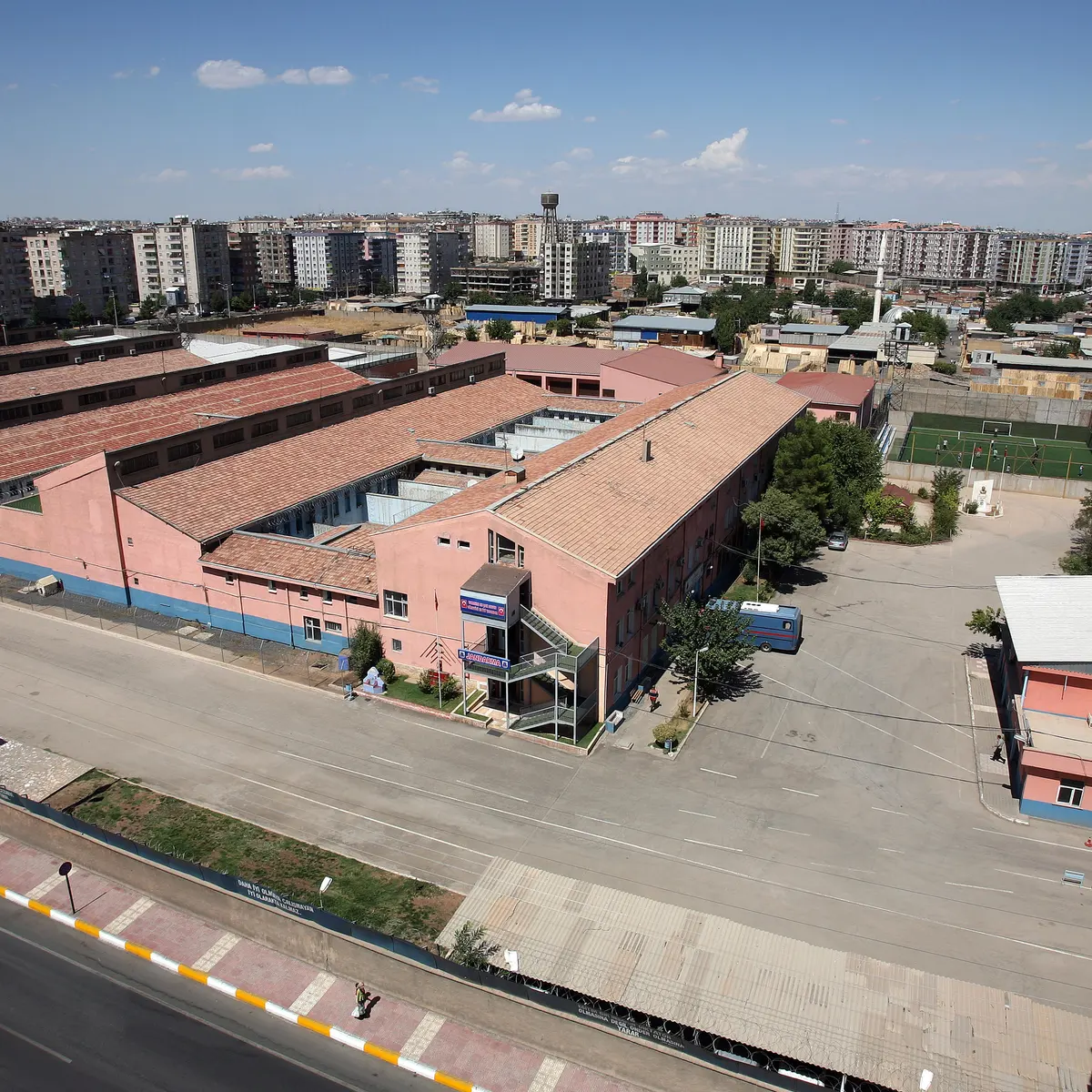
10. Rikers Island, USA
Situated in the East River between Queens and the Bronx, Rikers Island has become synonymous with the failures of the American correctional system. Originally envisioned as a progressive reform institution when it opened in 1932, it has since devolved into a symbol of violence, corruption, and neglect.
Rikers has long been plagued by reports of inmate abuse, excessive use of force by guards, and systemic failures in providing adequate healthcare and mental health services. The culture of violence within its walls has perpetuated a cycle of trauma and recidivism among its inmates, many of whom are held pre-trial and unable to afford bail.
Over the years, Rikers Island has been the subject of numerous reform efforts aimed at addressing its systemic issues. From reducing the inmate population to improving conditions and increasing oversight, there have been various proposals put forth to transform the facility into a more humane and effective institution.
In recent years, momentum has grown for the closure of Rikers Island altogether. Advocates argue that the island’s isolation and inaccessibility exacerbate its problems, making it unsuitable for meaningful reform. Plans have been set in motion to replace Rikers with smaller, more community-based jails in the boroughs, signaling a potential shift towards a more rehabilitative approach to incarceration in New York City.
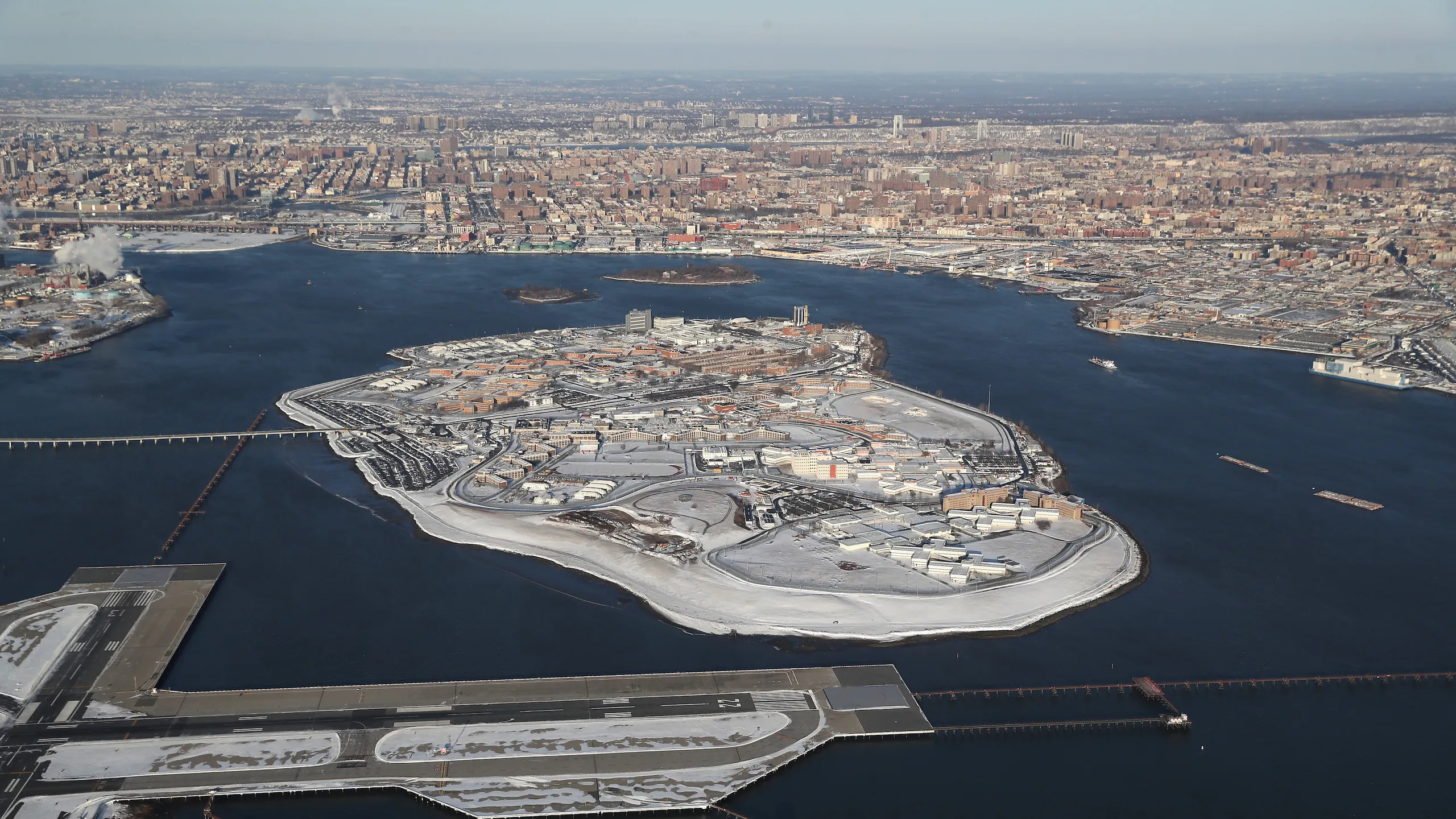
As we reflect on the stories of the toughest jails in the world, it becomes clear that they are more than just buildings of confinement; they are mirrors reflecting the strengths and shortcomings of the societies that create and sustain them. From the harsh landscapes of Syria to the bustling metropolises of the United States, each prison tells a tale of power, control, and the enduring struggle for justice in the face of adversity.
In our exploration of these institutions, we have encountered the darkest corners of humanity, where brutality and suffering coexist with resilience and hope. Yet, amidst the shadows, there are glimmers of progress and possibility—calls for reform, movements for change, and voices raised in solidarity with the incarcerated.
